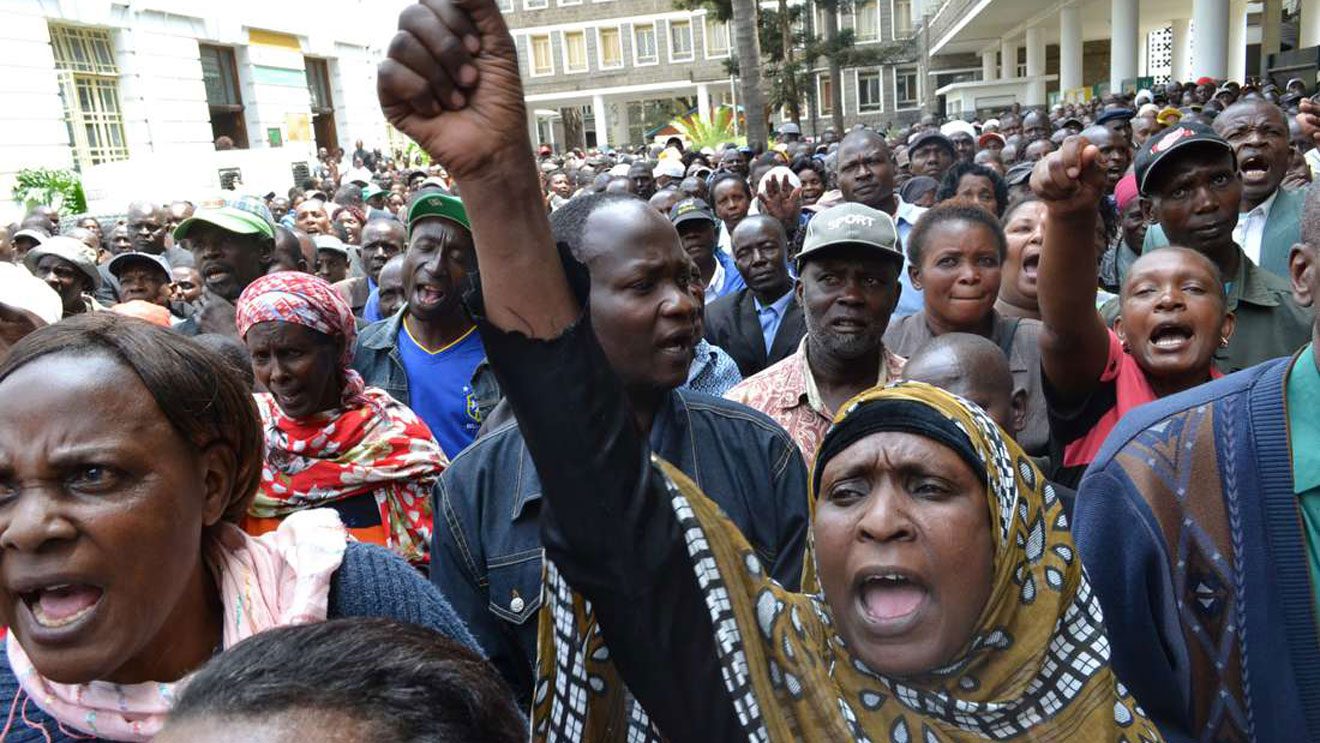
Kenya Railways has kicked off a series of high-level meetings with regional partners to advance the construction of the East Africa Railway Corridor, a flagship infrastructure project designed to transform cross-border trade and mobility across the region.
The corridor, which brings together Kenya, Uganda, and South Sudan, aims to enhance the seamless movement of goods and people, reduce transport costs, and strengthen East Africa’s competitiveness in the global economy.
The project is set to extend Kenya’s existing Standard Gauge Railway (SGR) network from Naivasha to Kisumu (262 km) and onward to Malaba (107 km) on the border with Uganda. Once completed, the corridor will connect Kenya’s SGR system with Uganda’s, providing vital access to landlocked countries such as South Sudan and the Democratic Republic of Congo (DRC).
Implemented under the Northern Corridor Integration Projects (NCIP) framework, the initiative aligns with the East African Community’s (EAC) broader vision for regional infrastructure integration.
Preliminary estimates place the cost of the Naivasha–Kisumu section at about USD 300 million, to be financed through a blend of public investment and development financing, including possible support from the U.S. International Development Finance Corporation (DFC).
Transport ministers from Kenya, Uganda, and South Sudan hailed the corridor as a “game-changing initiative” for East African trade. The rail link is expected to cut reliance on trucking routes, shorten cargo transit times, and unlock new business opportunities between Mombasa, Kampala, and Juba.
Uganda’s Transport Minister applauded the project, calling it “a strong foundation for sustainable business between East African countries,” noting that road networks are overstretched and expensive to maintain due to heavy cargo traffic.
South Sudan’s representative echoed the sentiment, saying the corridor would “open up reliable access to regional and global markets,” adding that it would “link Juba more effectively to Mombasa Port and reduce transport bottlenecks that slow trade.”
By shifting freight transport from road to rail, the project is expected to reduce road congestion, accidents, and carbon emissions. Rail freight has a significantly smaller carbon footprint while carrying larger cargo volumes more efficiently.
A senior Kenyan official noted that, “Rail transport is not only greener but also smarter for the economy. Electric trains could revolutionize logistics efficiency across the region.”
Kenya’s Cabinet Secretary for Roads and Transport, Davis Chirchir, emphasized that the project represents the shared ambition of East African nations to grow together:
“We are currently doing the compensation of the people on the corridor. We are basically working together in a synchronised manner. If we unlock funding today, we could be breaking ground in the next few months ahead of our colleagues, but not so much to say we are competing we must be synced.”
He added that the project embodies “the spirit of East African unity,” reaffirming that Kenya, Uganda, and South Sudan are coordinating their timelines and standards to ensure a smooth cross-border link.
Partner states have agreed that each country will build its section of the railway while ensuring harmonized technical standards and synchronized timelines.
“We cannot have Uganda complete their section and be stranded because Kenya has not done its part,” said one official. “The goal is synchronized delivery so that the network connects seamlessly across borders.”
Discussions also focused on feasibility studies, financial structuring, and alignment with international lenders’ requirements to ensure the project’s long-term sustainability.
Kenya is in the process of modernizing its railway governance through the proposed Railways Bill 2026, which seeks to separate infrastructure ownership from operations allowing private operators to run trains and pay tolls to the infrastructure owner. This approach aims to encourage private sector participation and efficiency.
In addition, plans are underway to integrate electric mobility into the corridor to lower long-term energy costs and emissions.
Financially, Kenya has signaled readiness to increase its domestic contribution from 1.5% to 2%, while exploring long-term concessional loans and infrastructure investment facilities to meet funding needs.
If all goes as planned, construction on the corridor could begin within two to three years, pending financial closure and environmental assessments.
Beyond its transport benefits, the project is expected to: Lower the cost of doing business across the region, Position Kenya as a regional logistics hub for East and Central Africa, Stimulate industrial growth and job creation along the corridor and Deepen East Africa’s integration into global supply chains.
For Kenya and its regional partners, the East Africa Railway Corridor represents more than a transport project—it is a blueprint for economic transformation, regional unity, and sustainable mobility.
As ministers from Kenya, Uganda, and South Sudan concluded in their joint statement: “This is not just steel and tracks. It’s about connecting nations, economies, and people—faster, safer, and together.”






